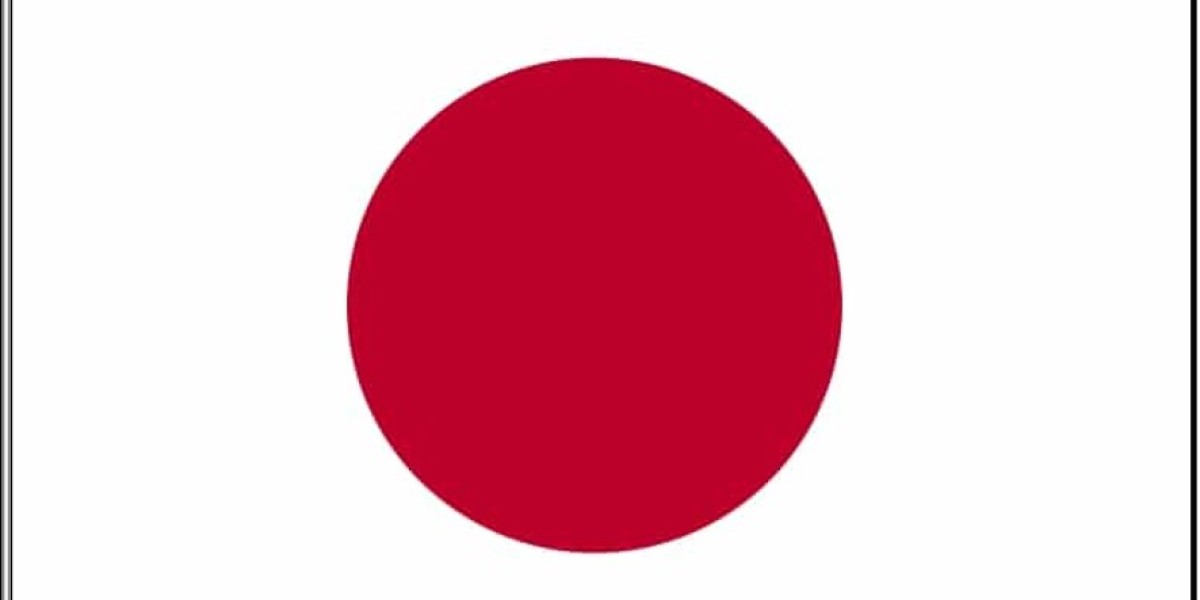A formal Digital Textile Printing Market Competitive Analysis, using the structured framework of Porter's Five Forces, reveals an industry with a complex and challenging competitive structure. The market is defined by an intense technological rivalry among a few major players, very high barriers to entry for new hardware manufacturers, and a powerful dynamic with the suppliers of the core printhead technology. Understanding these deep structural forces is essential for any company to formulate a sustainable and profitable strategy in this capital-intensive industry. The market's strong and sustained growth potential is the primary factor that makes this a highly attractive and competitive space. The Digital Textile Printing Market size is projected to grow USD 21.59 Billion by 2035, exhibiting a CAGR of 12.29% during the forecast period 2025-2035. A structural analysis shows that while the market opportunity is immense, long-term success is dependent on a company's ability to achieve technological leadership and manufacturing scale.
The rivalry among existing competitors is high and is primarily a technological "arms race" between a handful of major printer manufacturers. Companies like Epson, Kornit Digital, and the major Italian industrial players compete fiercely on the performance of their machines—speed, quality, and reliability. The threat of new entrants at the industrial printer manufacturing level is very low. The barriers to entry are monumental. It requires hundreds of millions of dollars in R&D to develop a competitive printing system, deep expertise in a wide range of engineering disciplines, and a global sales and service network. More importantly, it requires access to the high-performance inkjet printheads, which are only produced by a handful of companies worldwide. This makes it virtually impossible for a new startup to enter the market as a full-system manufacturer, protecting the position of the incumbents.
The other forces in the model highlight the market's unique power dynamics. The bargaining power of suppliers is very high, and this is a key feature of the industry. The primary "suppliers" are the manufacturers of the industrial inkjet printheads (like Kyocera and FujiFilm Dimatix). There are only a few of these suppliers, and their technology is the critical, performance-defining component of any printer. This gives them immense pricing power and strategic influence over the entire industry. The bargaining power of buyers (the textile mills and print shops) is moderate. While they can choose between several strong printer manufacturers, once they have invested hundreds of thousands or even millions of dollars in a specific printing system, their switching costs become very high, as they are then locked into that vendor's specific ink and support ecosystem. Finally, the threat of substitute products or services is the long-standing, traditional analog printing technology (rotary screen printing). For very large, simple print runs, screen printing can still be more cost-effective. The entire mission of the digital textile printing industry is to be a superior substitute for this older technology by offering greater flexibility and sustainability.
Top Trending Reports -
Smart Grid Communication Market







